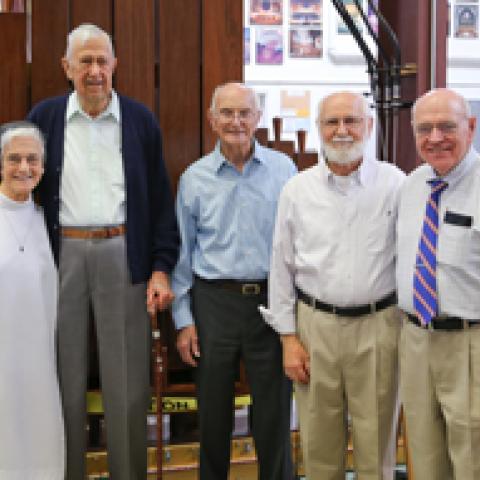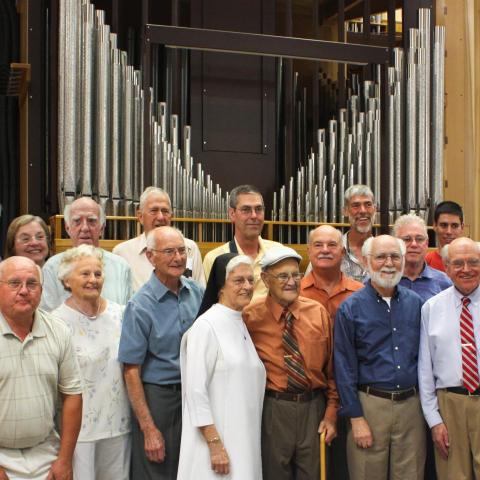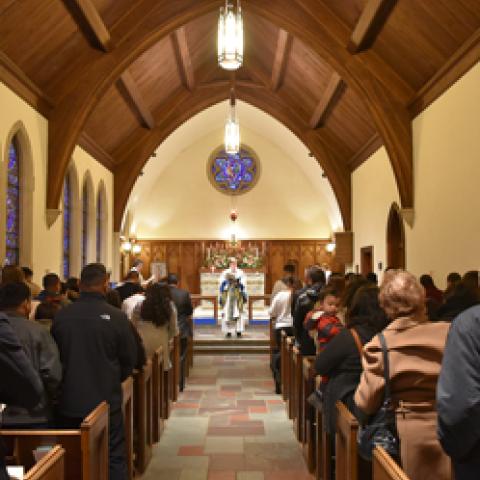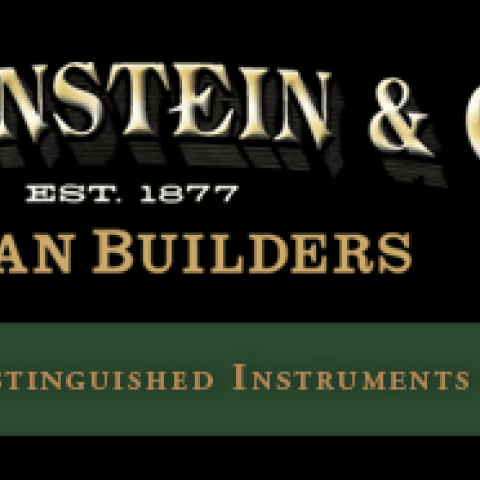
Descendents of Felix F. Schoenstein, founder of Schoenstein & Co., Benicia, California, visited their ancestral home in Germany in September 2017. Ed Schoenstein and his wife Patricia visited the village of Villingen, near Baden-Baden, in the Black Forest. It was there that Felix Schoenstein was educated in organbuilding before emigrating to the United States and starting his own firm. Mr. and Mrs. Schoenstein visited Villingen to meet remaining family members and conduct research in village records.
The Uberburgermeister of Villingen, Rupert Kubon, received them at the Rathaus on September 22. The Schoensteins presented the mayor a letter from Schoenstein company president Jack Bethards stating in part, “We owe our founding and our success to the brilliance of German craftsmanship. In fact, the whole organ business in America owes much to the many German craftsmen who came here to establish organ building in the new world . . . . Still today we maintain close relationships with our German organ building colleagues as members of the International Society of Organbuilders. Many of the parts used in our organs are made by German suppliers.”
The Schoensteins arranged the donation of a portrait of Karl Schoenstein, Felix’s brother, to the Franciskaner Museum. They also visited the Villingen city archives to see an official document dated 1557 with the seal of Johannes Schoenstein, first documented member of the family.
For information: www.schoenstein.com.
Painting of the home of Leo Schoenstein, first Schoenstein organbuilder near the Benedictine Church (Archdiocese of Freiburg)







